Iran Natural Gas Exports Rise by 17% in 2022
The National Iranian Gas Company raised its natural gas exports in 2022 by 17%, the managing director of Iranian Gas Transmission Company said.
“The natural gas exports reached 17 billion cubic meters in 2021 and 20 bcm in 2022,” Gholam-Abbas Hosseini was also quoted as saying by IRNA.
Turkey buys around a quarter of its 40 billion cubic meters of piped natural gas a year from Iran.
“Close to 30 million cubic meters of gas per day are also sold to Iraq. Natural gas swap with neighboring countries, including Turkmenistan, has also experienced a 138% growth over the period,” he said.
Increasing the national natural gas transmission network
The national gas grid has been extended by 500 kilometers since last May and close to 14,000 new rural subscribers have been linked to the network.
NIGC has installed gas pipeline to feed new power stations, namely Aryan Power Plant in Zanjan, Qeshm Pasargad Combined-Cycle Power Plant on Qeshm Island, Kish Island Power Plant and Hengam Power Plant in Bandar Abbas, Hormozgan Province.
The volume of gas transmission across the country in the current Iranian year is projected to reach 280 bcm, up 2% compared to last year when the figure was 274 bcm.
“The largest volume of gas transmission pertained to household use and due to the rise in temperature and cold winter last year, a high record of gas transfer was registered on Feb. 10, as more than 858 million cubic meters of gas were transferred on that day,” he added.
The previous sweet gas transfer record, set in January 2022, was 852 million cubic meters per day.
The official noted that timely repair and maintenance of pipelines and gas pressure boosting facilities, as well as the completion of the major overhaul of 44 turbines resulted in network stability and non-stop operation of turbo-compressors.
The National Iranian Gas Company supplies natural gas to over 95% of the country’s population.
As development plans are underway in different regions, a rise in gas transfer is also expected.
With the installation of new pipelines and the construction of pressure boosting stations, more gas can be transmitted through the Iran Gas Trunkline, which is a series of nine large diameter pipelines built to supply gas from refineries in the southern Khuzestan and Bushehr provinces.
Gas network size
In terms of network size, IGTC, a subsidiary of NIGC, ranks first in Asia and fourth in the world after the US, Russia and Canada.
The company has established more than 38,000 kilometers of pipelines and built 88 gas pressure boosting stations with 326 compressors and nine gas export and import terminals. It has the capacity to transfer more than 280 bcm of gas per year.
Supplying gas to underprivileged areas is on the company’s agenda and the gas network will cover more subscribers in remote rural regions.
Currently, some 36,000 villages — constituting 85% of rural areas — have access to natural gas and 6,000 more will be added soon. The expansion of the national gas grid has been made possible because of the rise in gas production.
NIGC has invested over $17 billion in natural gas infrastructure since 2013.
Increasing the production of natural gas in the ICOFC
The Iranian Central Oil Fields Company, a subsidiary of NIGC, has announced that it would add 60% to its daily natural gas production over the next five years.
According to Mehdi Heydari, ICOFC’s managing director, the firm’s current output stands at 200 million cubic meters per day that will reach 300 mcm/d by 2028.
“The company’s production will increase to 210 mcm/d by the end of the current Iranian year [March 2024],” he said, adding that the rise will come from rising gas output in Dey, Aghar and Tous gas fields in Fars Province.
“ICOFC is developing fields in Lorestan, Kurdestan, Kermanshah, Markazi, Qom, Ilam, East Azarbaijan, West Azarbaijan, Ardabil, Fars, Bushehr, Hormozgan and Chaharmahal-Bakhtiari provinces at an estimated cost of $3.6 billion.”
The company is implementing a major zero-flare project, based on which the company will recover 42,475 mcm of flare gases per day by March 2026.
Heidari noted that his company is seriously following up flare gas recovery.
Established in 1999, ICOFC is one of the major subsidiaries of the National Iranian Oil Company. It is responsible for oil and gas production 76 reservoirs, including 45 gas fields and 31 oilfields.
Published: May 20, 2023
If you want to order petroleum, petrochemical and chemical products from Iran, please do not hesitate to send Iran Petroleum an email.

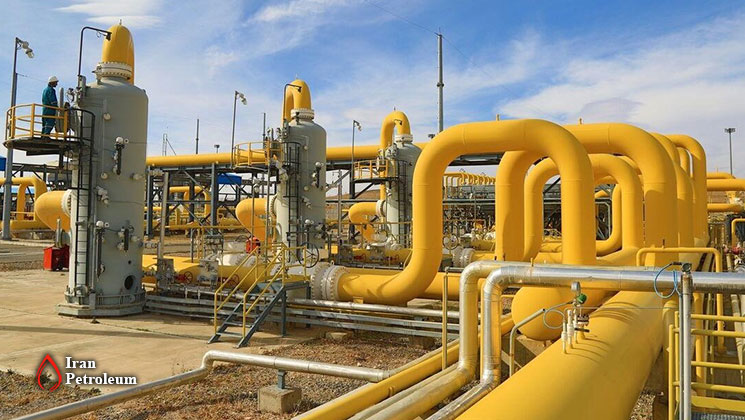
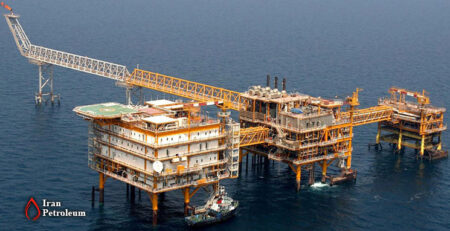
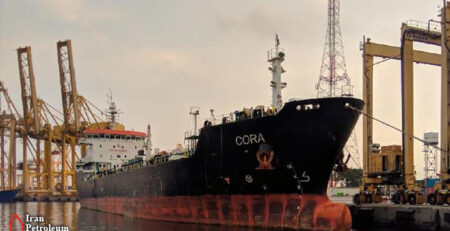
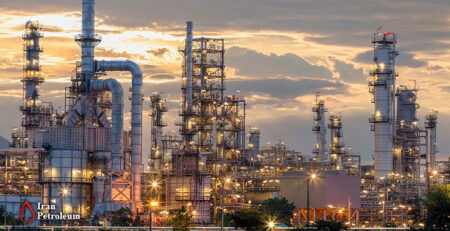
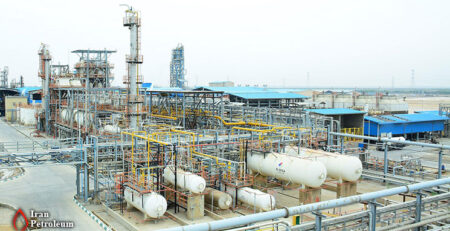
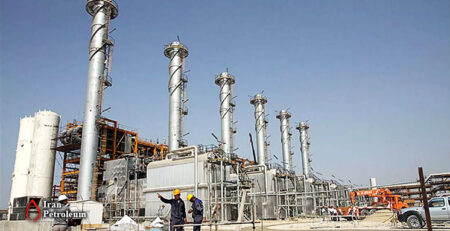
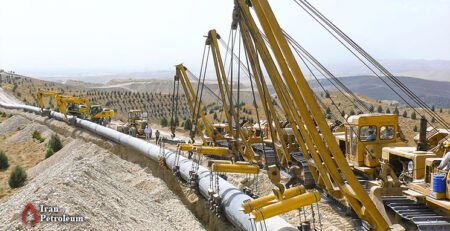
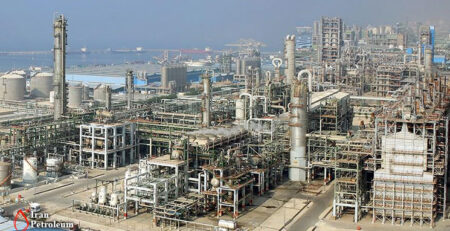
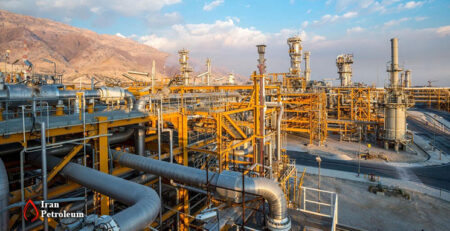
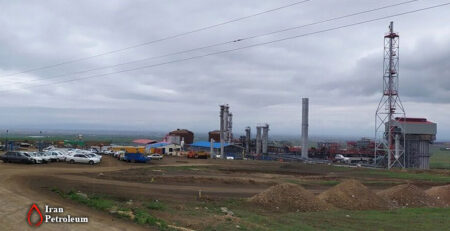
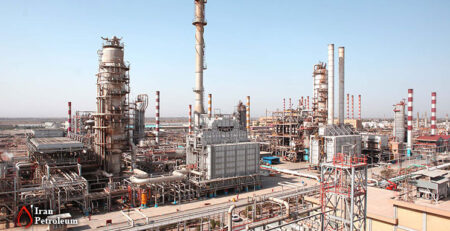
Leave a Reply